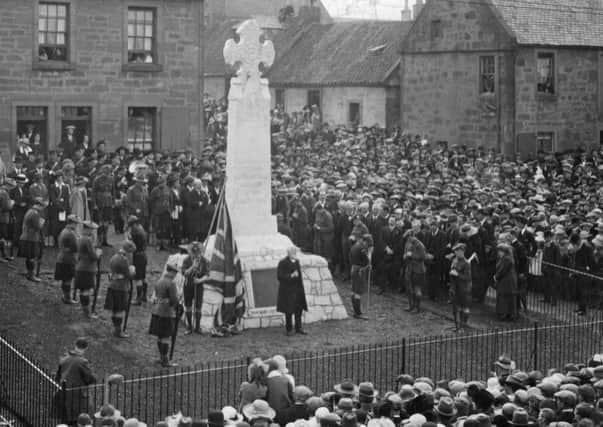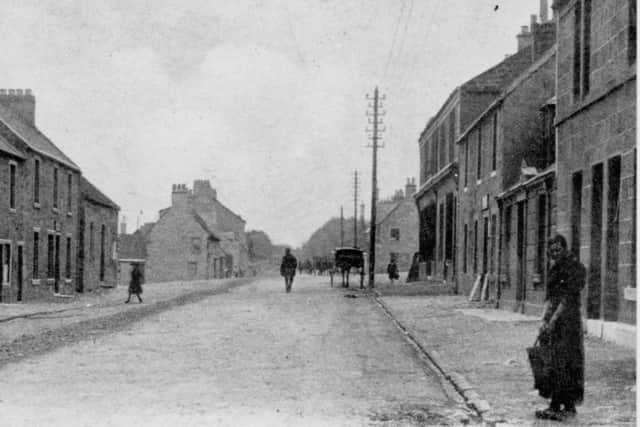Two centuries ago Laurieston was a new town built on nail-making


The most obvious local example is Westquarter which dates to the 1930s when the authorities decided that something had to be done to re-house the mining families of Redding and Standburn then living in appalling conditions. The truth is that new towns were common in Scotland in the 18th century as the agricultural revolution brought demands for market centres to serve the farmers and, of course, the powerful landowners who stood to profit most from rising prosperity. Just think of the number of places called ‘Newton’ across the land and you’ll see what I mean.
Our best example is, by coincidence, Westquarter’s next door neighbour Laurieston which was created over two centuries ago by the famous Napier family of Merchiston, Edinburgh. Before their arrival the land was little more than a few scattered farms lying east of Falkirk crossed by the narrow ‘King’s Highway’ from Edinburgh.
Advertisement
Hide AdAdvertisement
Hide AdWhy the Napiers decided to invest in our area is not certain but by the 1750s they had acquired the lands of Langton and set about creating a new settlement, following the usual grid pattern of streets with a central square sitting astride the main road and known for a while as ‘Hay Wullie’s Square’. One of the earliest trades in the village was nailmaking. Many of the nailers of ‘New Marcheson’ as it was sometimes called, came from England and the trade soon became very profitable. One of them, John Raybould, was arrested and hanged for forging bank notes, but that’s another story!


In 1762 the Napiers decided to move on and in that year they sold the village to Sir Lawrence Dundas (of later Forth and Clyde Canal fame) who seemed to think it was already his! He changed its name to his own, and ‘Lawrie’s Town’ or Laurieston was born. The Napiers didn’t vanish from our area. They bought a parcel of land in Mungal and built a mansion, Merchiston House, which stood where St Mungo’s High School is today.
The wall along the banks of the canal is a survivor from the grounds and, of course we have Merchiston Avenue and Napier Place as a reminder.
Back in Laurieston, religion seems to have played a big part in village life and there was a flourishing congregation of MacMillanites, an unusual sect of Reformed Presbyterians.
But to balance this serious streak the villagers soon established an annual fair with a great deal of time devoted to horse racing, gambling and drinking. There was a brewery too, and the forerunner of Falkirk’s Rosebank distillery as well as a gardeners’ society.
Along with the nailers, the village had many weavers with eighty looms recorded in the 1820s, by which time the population was over 800. There were miners too and the usual crop of bakers, smiths, wrights and shopkeepers.
Later in the century McKillops opened their famous foundry at Thornbridge which survived until the 1940s.
The Church of Scotland opened a mission church in an old bake house in George Street in 1889 which was replaced by the present church four years later.
Advertisement
Hide AdAdvertisement
Hide AdThe village lost over 100 men in the first World War as the memorial unveiled in August 1921 reminds us, and another 40 in the second.
In 1909 the village was linked to the Falkirk tramway system which served the villagers until 1924.
Laurieston may be a very different place these days but its early history marks it out as one of the most interesting in the district.